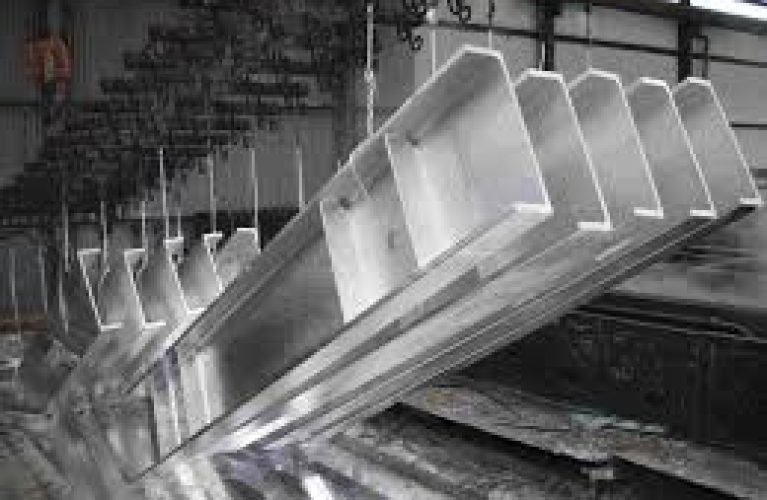
How Can Businesses Implement An Effective IT Recycling Program?
In today’s fast-paced digital world, businesses frequently upgrade their hardware and software to stay competitive. This leads to a growing need for responsible disposal of outdated technology. Implementing an effective IT recycling program is not just good for the environment — it also helps protect sensitive data, comply with regulations, and build a positive brand reputation. Below is a step-by-step guide to help businesses create a sustainable IT recycling strategy that works.
Understand the Importance of IT Recycling
The first step in any successful IT recycling program is understanding why it matters. Electronic waste (e-waste) is one of the fastest-growing waste streams globally. Discarded computers, servers, and mobile devices contain valuable materials that can be recovered, as well as hazardous components that must be handled properly. By working with a certified IT recycling company, businesses can reduce their environmental impact, keep toxic materials out of landfills, and recover useful resources like precious metals.
Conduct an IT Asset Inventory
Before launching a program, businesses should perform a thorough inventory of their IT assets. This includes desktops, laptops, printers, servers, networking equipment, and mobile devices. Knowing exactly what you have makes it easier to plan for recycling and ensures nothing is overlooked. An accurate inventory also helps in data security planning, as every device may contain sensitive business or customer information that must be wiped before disposal.
Develop a Clear IT Recycling Policy
Once you know what needs to be recycled, create a company-wide policy that outlines how equipment will be collected, stored, and sent for recycling. The policy should clearly define roles and responsibilities, ensuring employees know where to drop off old devices and who is responsible for data destruction. Partnering with a trusted provider like IT Recycling Solution, LLC can simplify this process, as they offer secure collection and certified recycling services.
Prioritize Data Security
Data security is one of the most critical elements of IT recycling. Improperly discarded devices can put a company at risk of data breaches and compliance violations. A reliable IT recycling company will provide certified data destruction services, including on-site or off-site shredding of hard drives and wiping of data using industry-approved software. This step protects your business from liability and maintains customer trust.
Choose the Right IT Recycling Company
Not all recyclers are created equal. When selecting an IT recycling partner, look for one with certifications such as R2 (Responsible Recycling) or e-Stewards, which guarantee environmentally responsible practices. Ask for documentation of their recycling process, including proof of data destruction and downstream material handling. Choosing a reputable partner like IT Recycling Solution, LLC ensures your equipment is recycled safely, securely, and in compliance with all regulations.
Train Employees and Encourage Participation
Employee participation is key to a successful program. Provide training sessions or informational materials to educate staff about the importance of IT recycling and how to follow the company’s policy. Make it easy for employees to return outdated equipment by setting up collection points in convenient locations. When employees understand the program’s benefits, they are more likely to engage and participate actively.
Schedule Regular Recycling Pickups
Rather than waiting for equipment to pile up, schedule regular recycling pickups. This keeps storage areas organized, reduces clutter, and ensures old devices do not sit around collecting dust or posing a security risk. Regular pickups also make it easier to track recycling efforts and measure progress toward sustainability goals.
Track and Report Progress
To maintain momentum, businesses should track the results of their IT recycling program. This may include measuring the total weight of recycled materials, the number of devices securely wiped, or the percentage of waste diverted from landfills. Share these results with stakeholders and employees to demonstrate your commitment to sustainability and continuous improvement.
Stay Compliant with Regulations
Regulatory compliance is an often-overlooked aspect of IT recycling. Different states and countries have specific rules for handling e-waste. Partnering with a certified IT recycling company ensures compliance with all relevant regulations, avoiding potential fines or legal issues.
Review and Improve the Program Regularly
Finally, treat your IT recycling program as an ongoing initiative rather than a one-time project. Review your processes regularly and look for areas of improvement. Gather feedback from employees, check that your IT recycling partner continues to meet industry standards, and update your policies as needed.
Final Thoughts
A well-structured IT recycling program benefits businesses, employees, and the planet. It promotes sustainability, safeguards sensitive data, and enhances a company’s reputation as an environmentally responsible organization. By taking the time to create a clear policy, train employees, and partner with a trusted provider, companies can make IT recycling a seamless part of their operations. Whether you are a small business or a large enterprise, the right approach ensures that your outdated technology is handled responsibly from start to finish.










